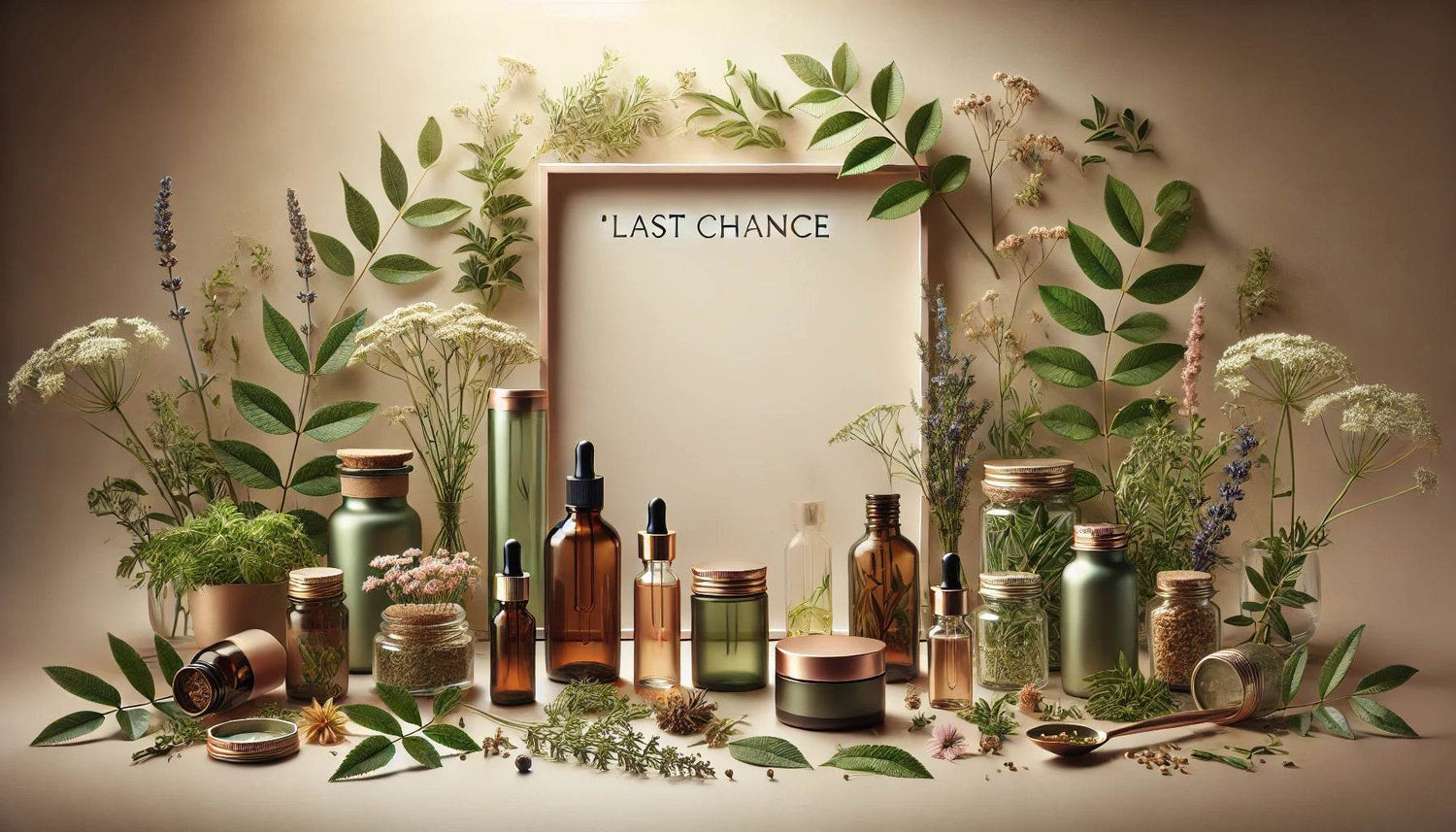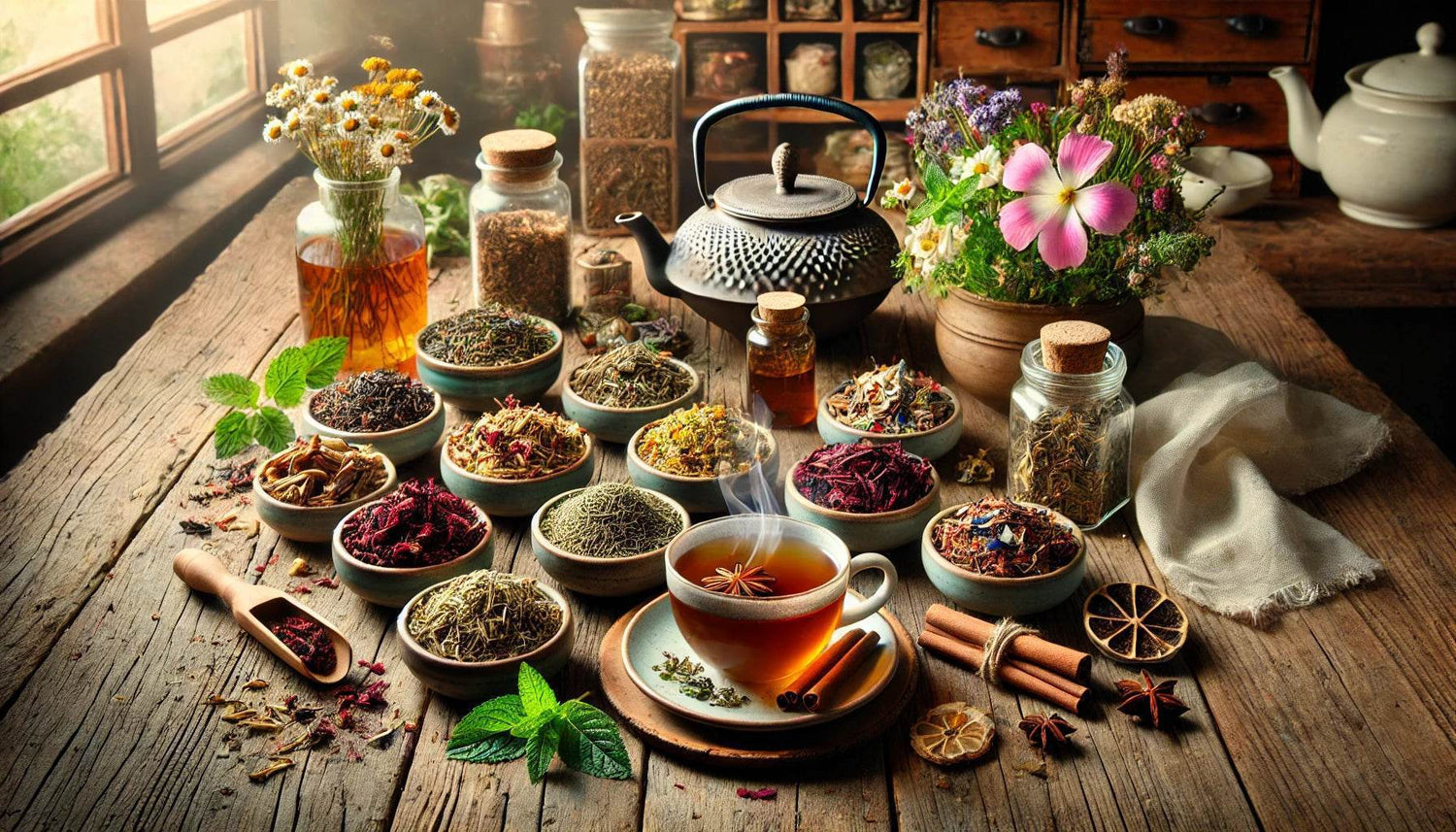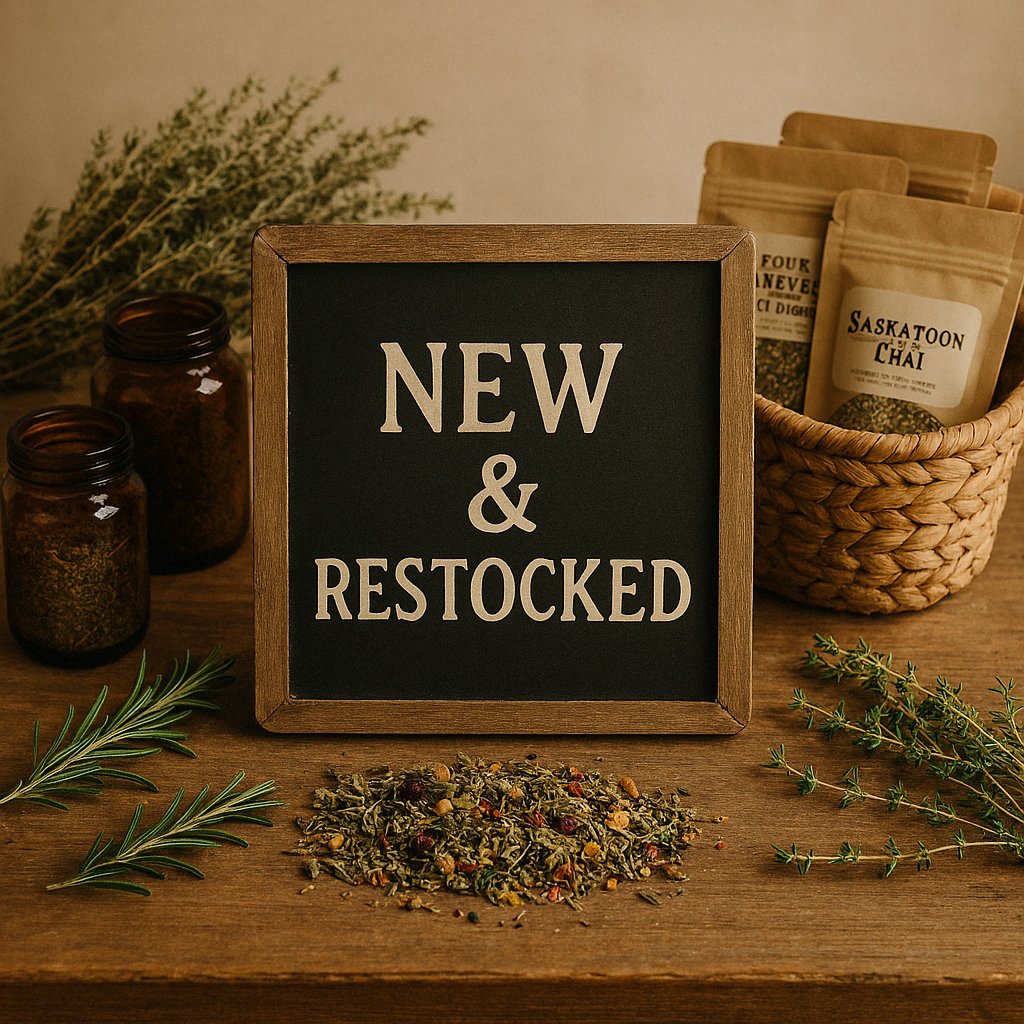
Monograph: Lilac
Triple H HomesteadShare
Botanical Name:

Syringa vulgaris
Common Names:
Lilac, Common Lilac, French Lilac
Family:
Oleaceae
Plant Description:
A deciduous shrub or small tree reaching 2–7 meters tall. Leaves are simple, heart-shaped, and arranged oppositely. Flowers are borne in dense, pyramidal clusters (panicles) in shades of purple, violet, or white. Fragrant and blooming in mid to late spring. Bark is gray-brown and becomes scaly with age.
Habitat & Cultivation:
Native to the Balkans but widely cultivated in temperate regions of Europe and North America. Prefers full sun and well-drained, slightly alkaline soil. Cold-hardy and long-lived. Often grown ornamentally in gardens and hedgerows. Propagated through cuttings, suckers, or grafting.
Parts Used:
Flowers, leaves, bark (occasionally)
Harvesting:
- Flowers: Collected in full bloom, ideally in the morning after dew has dried. Use fresh or dry immediately for later use.
- Leaves & bark: Gathered in late spring to early summer if needed for topical applications.
Traditional Uses:
- Mild astringent and febrifuge (fever-reducing)
- Historically used to treat malaria and fevers in 19th-century American herbalism
- Flowers infused for calming, uplifting mood and promoting relaxation
- Used externally for minor skin irritations and as a gentle wash
- Associated with emotional clearing and grief support in some folk practices
Modern Applications:
- Mostly appreciated for fragrance and cosmetic use
- Flower infusions used in skincare for their toning and soothing effects
- Gentle calming tea or glycerite from fresh blooms
- Lilac essential oil (rarely available) used in perfumery and aromatherapy
- Investigated for mild antimicrobial properties
Preparations:
- Infusion: Fresh flowers steeped in hot water for tea or skin wash
- Tincture: Less common; made from fresh flowers in alcohol
- Infused oil: Flowers infused in carrier oil for skincare
- Hydrosol: Distilled water preparation for facial sprays and toners
- Syrup: Traditionally made as a mild cordial for springtime wellness
Dosage:
- Infusion (internal): 1 cup up to 2 times daily as a gentle support
- Infusion (external): Used freely as needed for skin or hair rinses
- Tincture: 1–2 ml, up to 2x daily (sparingly used due to limited research)
Constituents:
Essential oils (minor quantities), flavonoids, bitters, glycosides (including syringin), tannins, volatile aromatic compounds
Mechanism of Action:
- Mild astringent and cooling properties help tone tissues and reduce minor inflammation
- Bitters in bark and leaves may stimulate digestion (historical use)
- Aromatic compounds offer mood-lifting and calming effects via olfactory pathways
Safety & Contraindications:
- Generally considered safe in moderate use
- Not well studied internally—use sparingly and traditionally
- Essential oil not widely available and should not be ingested
- Ensure flowers are free of pesticide or chemical exposure before use
Historical Context or Folklore:
Brought to Europe from the Ottoman Empire in the 16th century. Symbol of spring renewal, youthful joy, and memory. In Victorian flower language, lilac represented first love and remembrance. Traditionally planted near homes and churches for protection and beauty. Used by American herbalists in the 1800s as a febrifuge and tonic.
References to Scripture (if applicable):
Though lilac is not mentioned in the Bible, its seasonal bloom and fragrant beauty echo Scriptures such as Song of Solomon 2:12 — “The flowers appear on the earth; the time of singing has come…”—symbolizing new life and joy.
German Common Name:
Flieder
Other Notes:
- Short bloom time, but highly fragrant and uplifting
- Popular in natural perfumery and vintage apothecary scent collections
- Not to be confused with Galega officinalis (French lilac), which has distinct medicinal properties and safety concerns
© Triple H Homestead - 2025





